About an hour south of Jacksonville, the geology and landscape changes slightly. Approaching the central part of the state, natural springs become more plentiful. While the spring here isn’t on the scale of say, Ginnie Springs or Silver Springs, the ravine it carved out over the years is impressive, and is worthy of an afternoon spent on the trails. The ravine itself (two, actually), the namesake of this park, forms a rough U-shape. The spring at one end of the park runs slowly to the left until drops toward the river.
Established in 1933 as one of Florida’s first state parks, Ravine Gardens holds a historical significance that adds to its allure. The park was developed by the Works Progress Administration (WPA) during the Great Depression, showcasing not only the state’s natural beauty but also providing jobs to those in need.
Entering the park will cost $5 per vehicle. Just beyond the entrance is a large green space bordered by each of the 50 state flags. At the end of the parking lot is a community center with the entrance to the trail to your left, and a road that borders the edge of the ravine to your right.
Descending toward the trailhead you pass through a small but well-arranged garden with a fountain in its center. The ravine itself is 120 ft deep, so prepare to climb multiple sets of stairs, and reasonable more elevation change than you would typically find in Florida. We visited a couple of weeks past the peak of azalea season, so we can only imagine what this place looks like in February/March when the thousands of azaleas in and around the park are in bloom. We’ll have to return then. Beyond azaleas, the park boasts a diverse range of plant life, including camellias, dogwoods, and towering pine trees, creating a captivating and ever-changing landscape throughout the year.
The trails split in each direction around the ravines. One heads toward a suspension bridge across a port of the ravine that contains a pond and sitting area. The other heads toward the beginning of the spring and follows the clear and cool creek to its source. In and around the other marshy lowlands in the ravine, look carefully and you’ll notice a few small natural springs coming out of the limestone.
This park is beautiful and surprisingly challenging to walk. For those less inclined to hike, the road that circles the rim of the ravine offers places to stop and explore sections of the park.
For more information, check out their website.





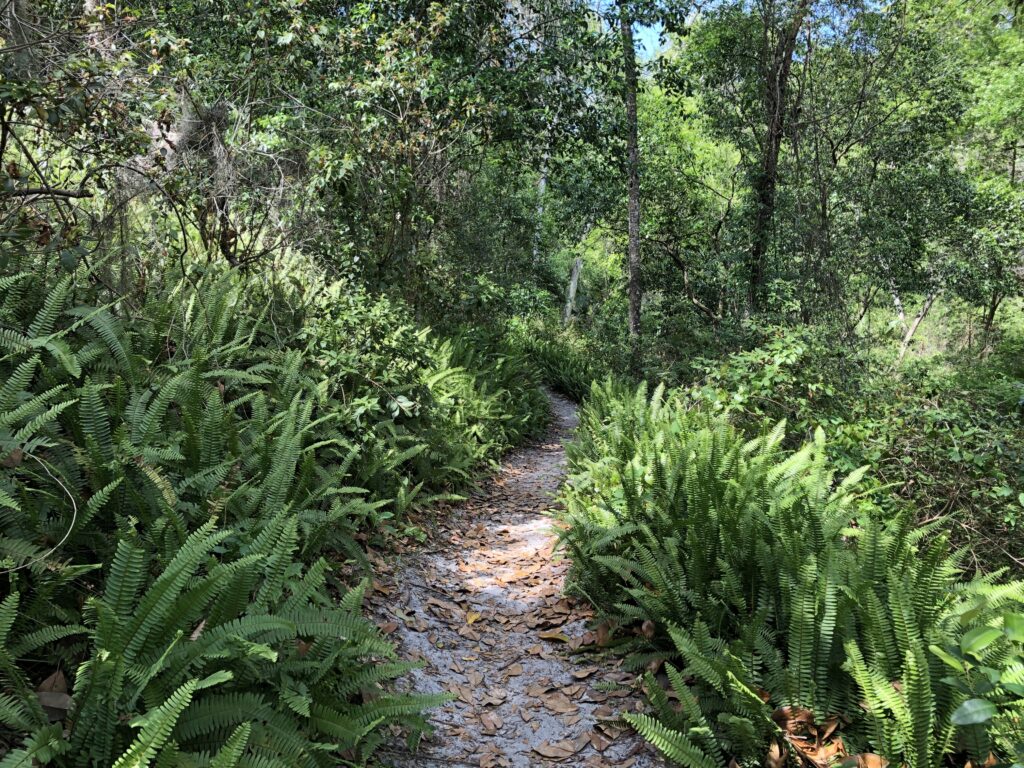









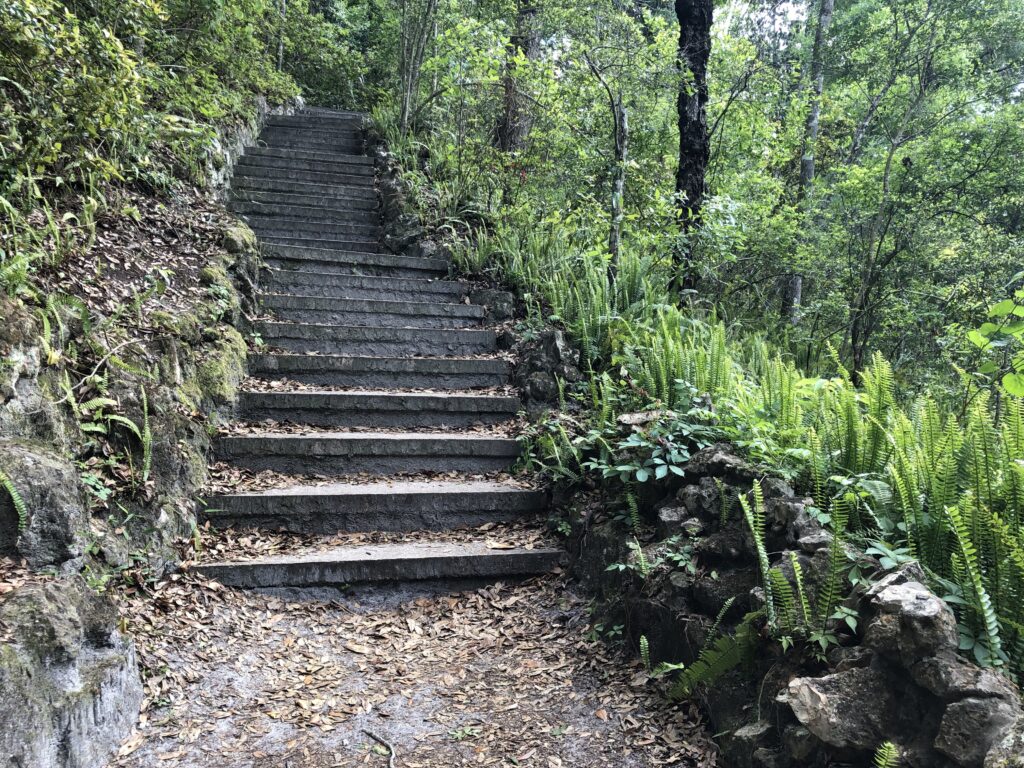




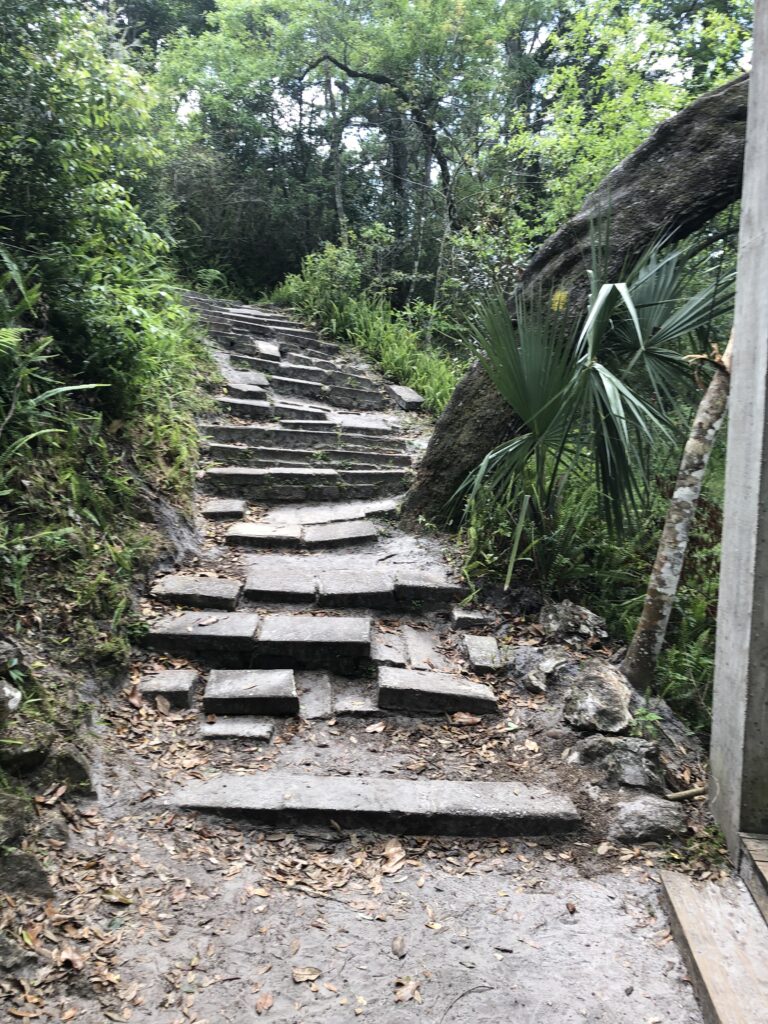
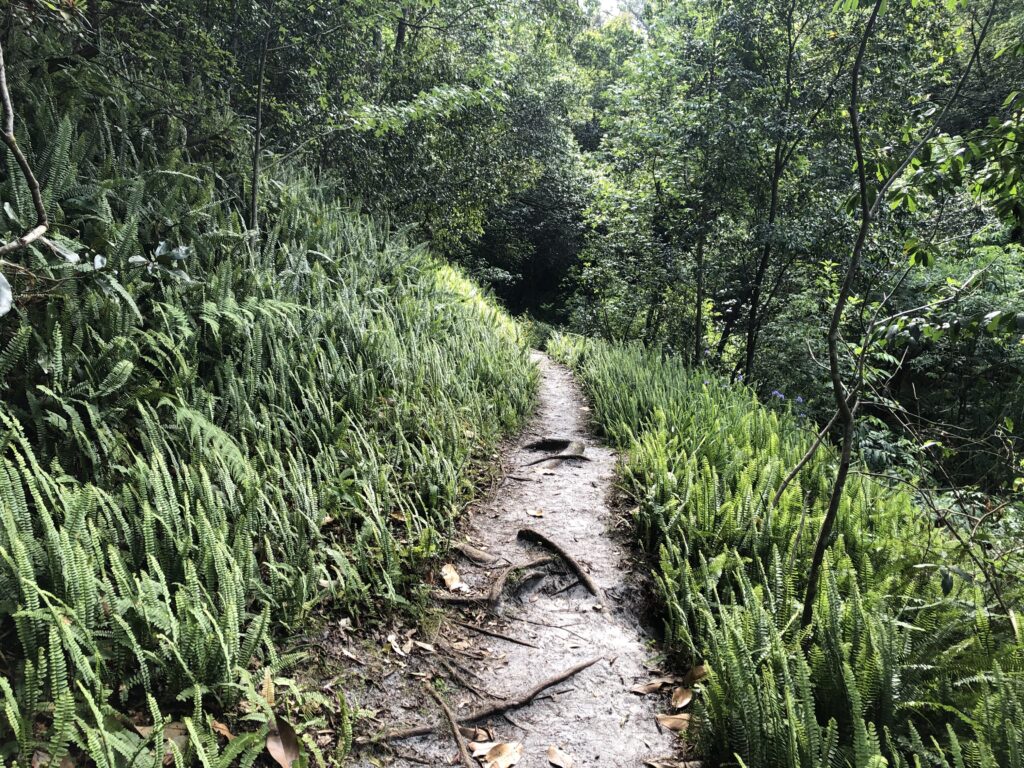

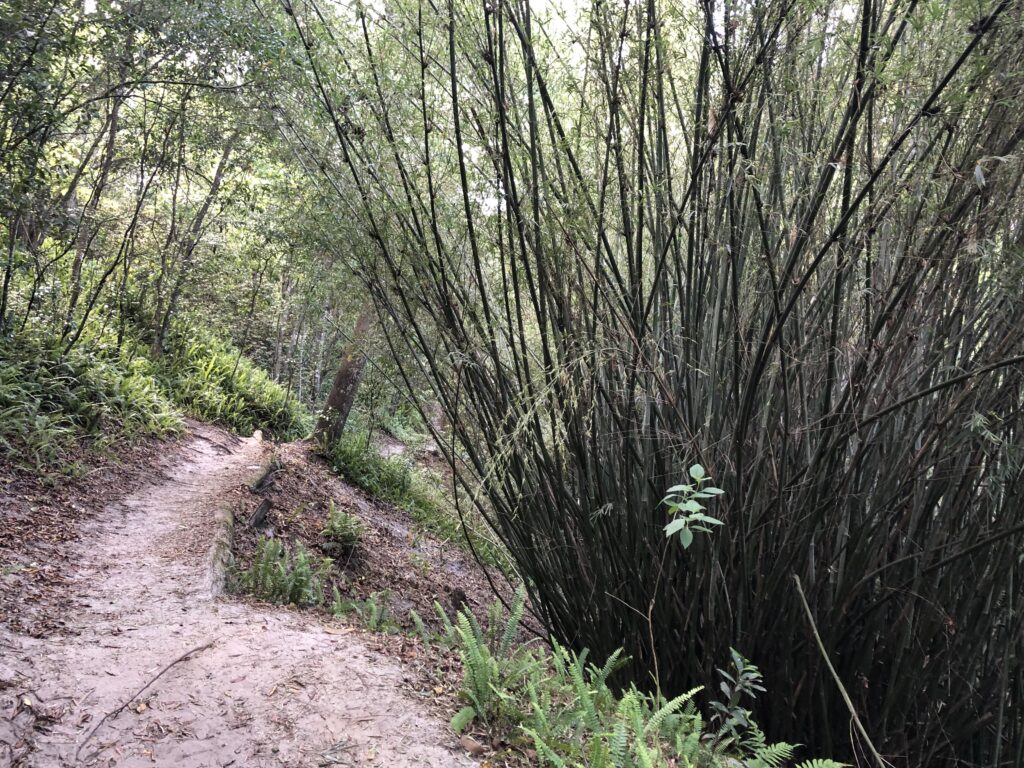





Awesome website/resource!!